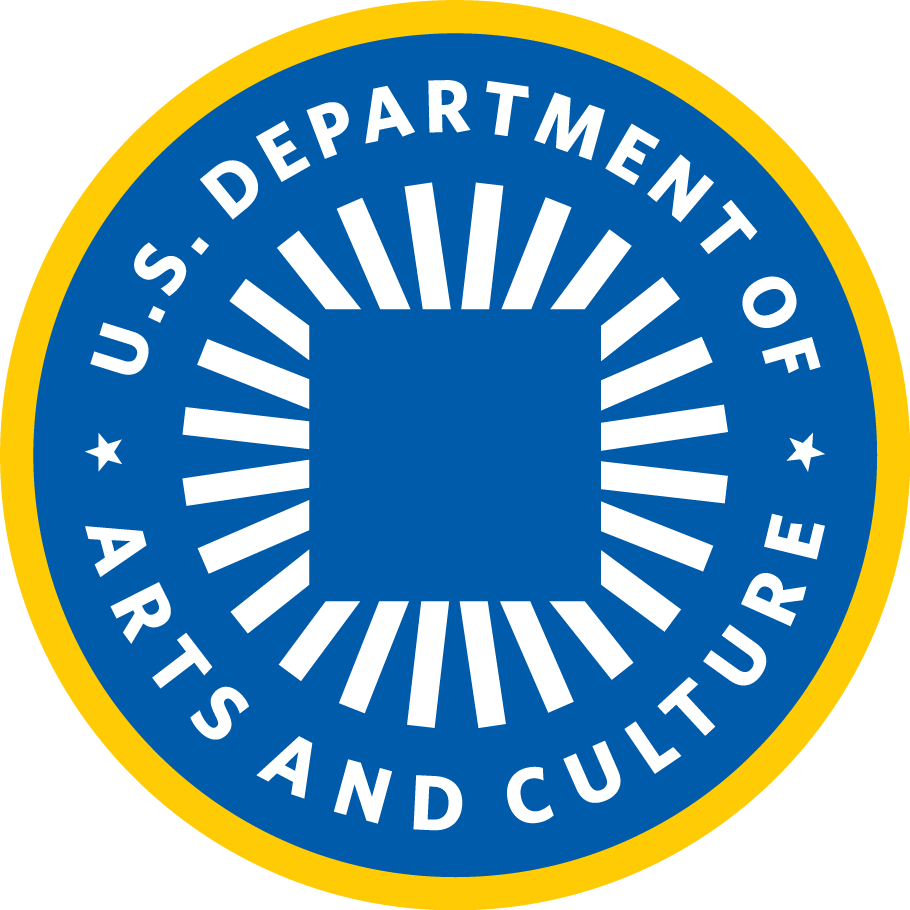“A local artist poses the question “WTF Can Artists Do During a Fascist Takeover?” – that’s the title of a new web comic by Providence-based artist, educator and organizer Jordan Seaberry. He joined me in the studio to talk about the inspiration of the comic and his advice for artists.
James Baumgartner: So, Jordan, what’s your answer to the question? What can Artists do?
Jordan Seaberry: The first thing we can do is we can choose a side and we can choose to put our artistic practices to service for that side. People think, a lot of artists in particular think about polarization as the enemy, as an obstacle, and I would love to be polarized against fascism.
Baumgartner: You published a web comic about this recently. Can you describe it for me?
Seaberry: This was a part of a project called Vital Conversations, which is a project of an organization I work with called the US Department of Arts and Culture, which is not, thankfully, a federal agency. We are not DOGE-able. We essentially are a performance piece. We’re a group of artists and cultural organizers who are prefiguring what we would want that agency to do if the federal government had ever actually made a U.S. Department of Arts and Culture. And so a lot of us on that team, we looked around at the world and felt really confused and hopeless about the political situation and how our own individual artistic practices, how our communities and networks might fit into that. And so we decided to each take on a project where we follow our own interests and connections and questions to have conversations about what can we do to actually stem the tide of the authoritarian takeover we’re living through.”
Listen to the full interview at The Public’s Radio / NPR’s Artscape.


